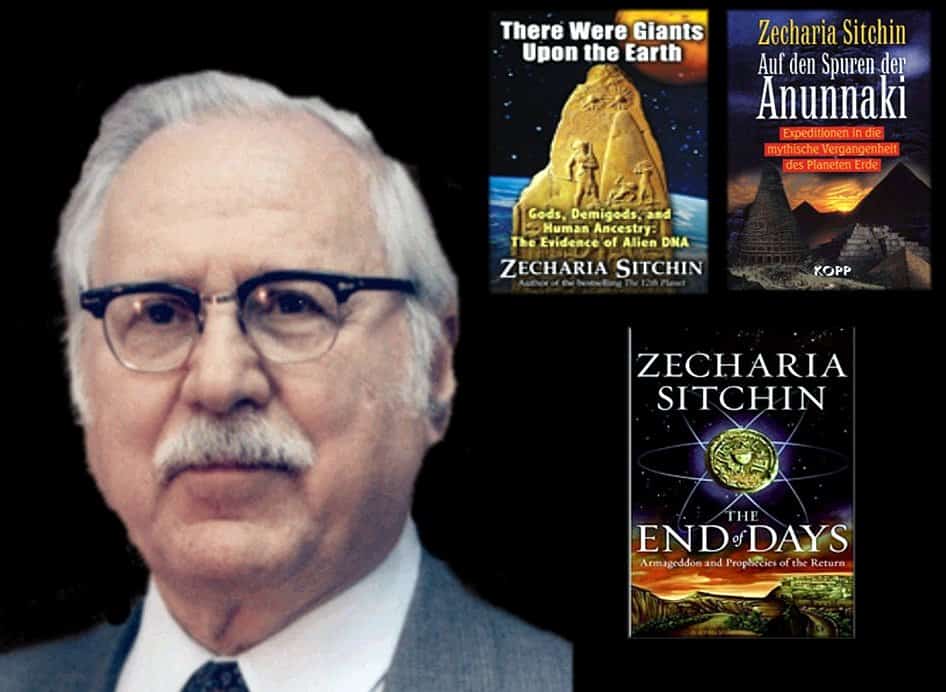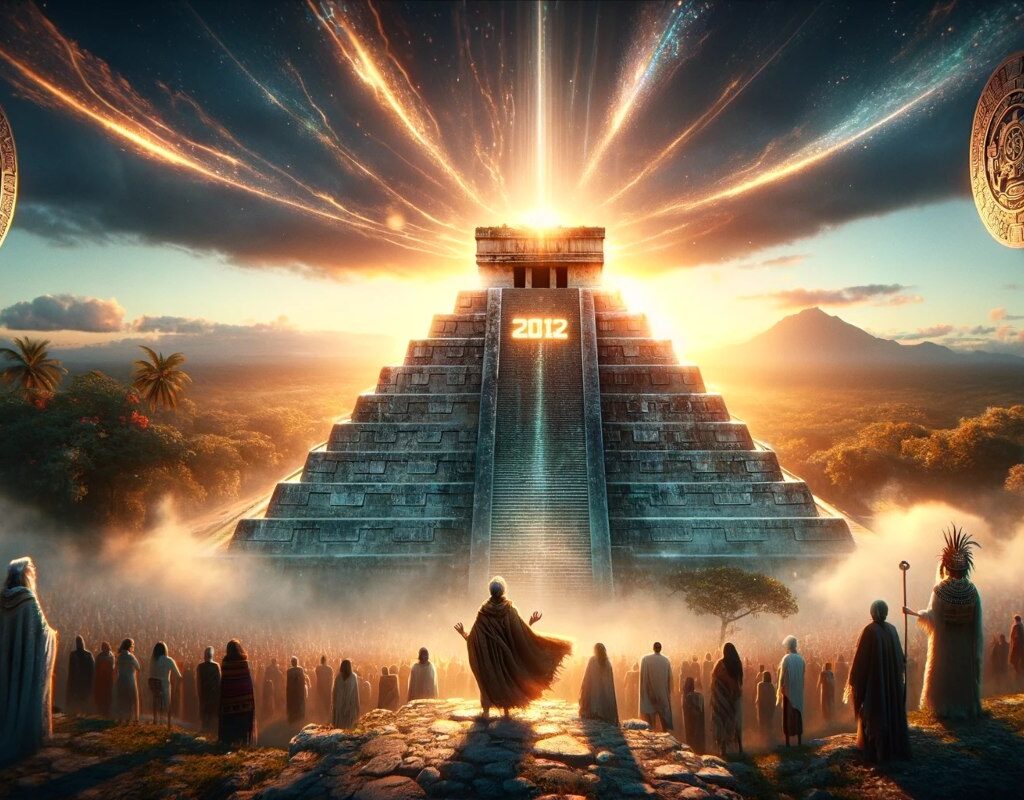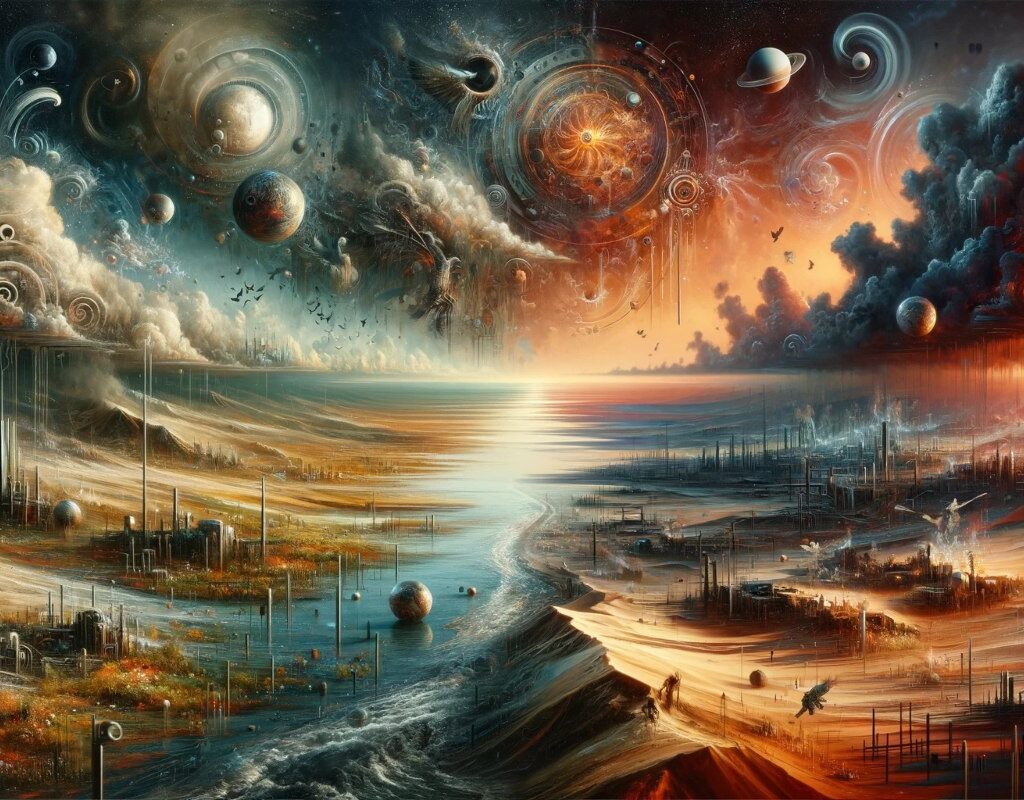Theories of the end of the world flooded the media in 2012, sparking global alarm. In response, scientific bodies provided explanations based on verifiable data, debunking popular myths and emphasizing the educational role of science.
Decoding Doomsday: The 2012 End of the World Myths and Scientific Truths
To clarify the situation and dispel the intense rumors circulating in the media, scientific institutions like NASA stepped in with statements aimed at dispelling myths about catastrophic collisions with unknown celestial bodies, such as the fictional planet Nibiru and other apocalyptic scenarios involving black holes and solar cataclysms.
In this context, the global population wavered between skepticism and curiosity as experts worked tirelessly to provide clear, verifiable data that helped people understand the reality of the natural phenomena that regularly affect us.
Consequently, the situation prompted reflection on how societies respond to crises and the influence of science on public perception. Now, years later, we can analyze those events and the lessons learned with greater clarity.
Debunking Catastrophes: An Analysis of the End of the World
The Myth of Nibiru: The Origin and Fall of a Theory
Zecharia Sitchin’s tale of a catastrophic encounter with an unknown planet, known as Nibiru, gained notoriety in the early 2000s. Despite the predicted collision in May 2003 never occurring, Sitchin and his followers moved the date to December 21, 2012, erroneously linking it to the Maya calendar.
This strategic date change fueled a continuous cycle of unfounded speculations and fears.
Media: Amplifiers of Collective Fear
The media played a crucial role in amplifying these baseless theories. Moreover, excessive coverage contributed to a global state of uncertainty, where many began to question what to believe.
As the key date approached, reports of supposed apocalyptic events became more frequent and sensationalist, despite the lack of scientific evidence to support such claims.
This phenomenon highlighted the media’s responsibility in managing information during periods of uncertainty. It also underscored the need for the public to maintain a healthy skepticism about potentially alarming information lacking scientific backing.
Scientific Reality Versus Popular Fiction
Understanding Solar Storms: Impact and Reality
Solar storms, events where massive amounts of radioactive and kinetic energy are released, were a central topic in the discussions of 2012. While these can affect telecommunications and power grids, experts clarified that they do not pose a direct threat to human life.
Thus, the detailed explanation of these natural events helped dispel many unfounded fears, providing a clearer understanding of how our sun and its activity influence Earth.
The Invisible Barrier: The Earth’s Geomagnetic Field and Its Protective Function
Another important aspect was the function of Earth’s geomagnetic field. Acting as a shield, this field directs solar particles towards the poles, thus mitigating potential harmful effects on our planet.
Therefore, NASA and other scientific bodies emphasized that the existence of this natural shield debunks theories predicting catastrophic events due to solar activity. This information was crucial in calming the public and educating them about how Earth’s natural systems provide protection against external space phenomena.
These scientific clarifications played a fundamental role in stabilizing public perception and demonstrated the importance of scientific outreach during times of informational crises.
Critical Thinking, the Key to Countering Sensationalism
The experience around December 21, 2012, left us valuable lessons about the influence of rumors and misinformation on society. We learned that access to reliable scientific information is essential to counter irrational panic and promote a culture of analysis and reflection in the face of spectacular claims.
This episode highlighted the need to strengthen science education and foster critical thinking among the populace. It also showed that scientific institutions must play an active role in public communication, especially in situations that generate significant social alarm.
Finally, the situation served to underscore the importance of caring for our planet. Instead of focusing on unfounded prophecies, it is crucial to direct our efforts towards mitigating climate change and protecting the environment. These are the real challenges we face and they are areas where we can have a significant impact.
Reflecting on these events, we can see how the combination of science and effective communication can guide society through moments of uncertainty, leading us toward a more informed and prepared future.




